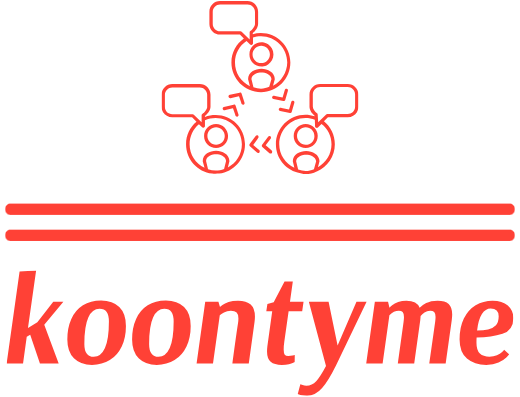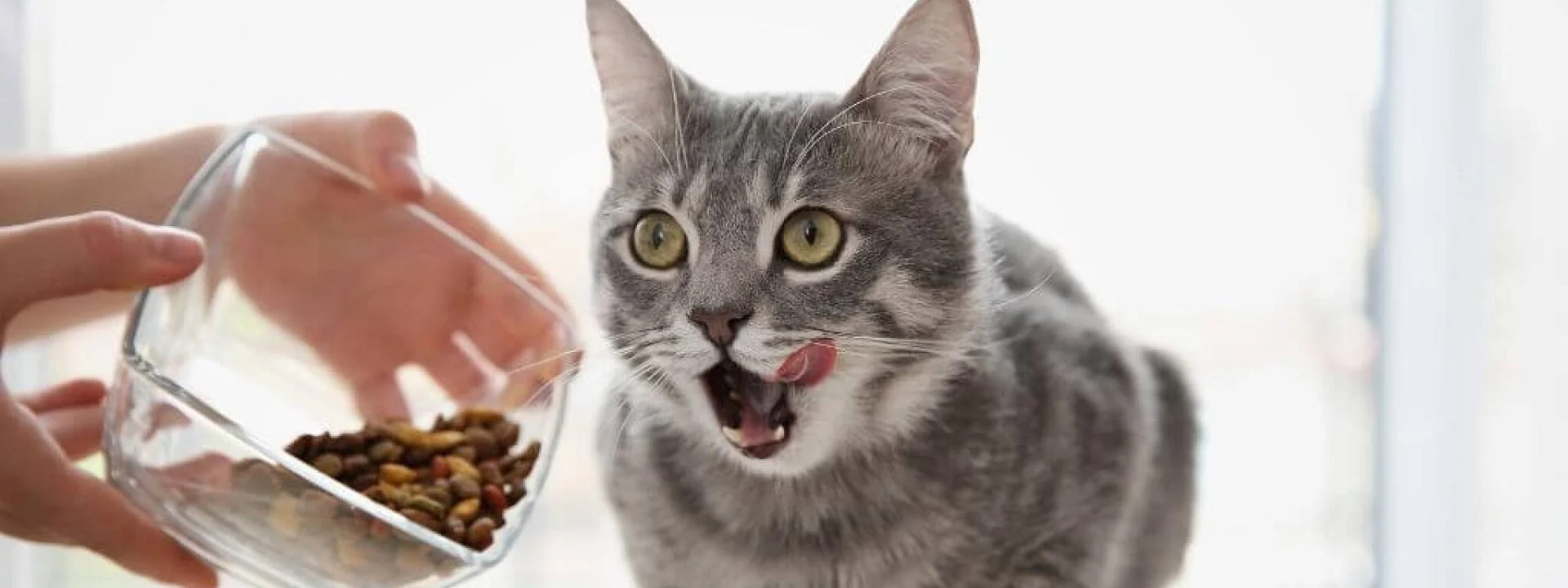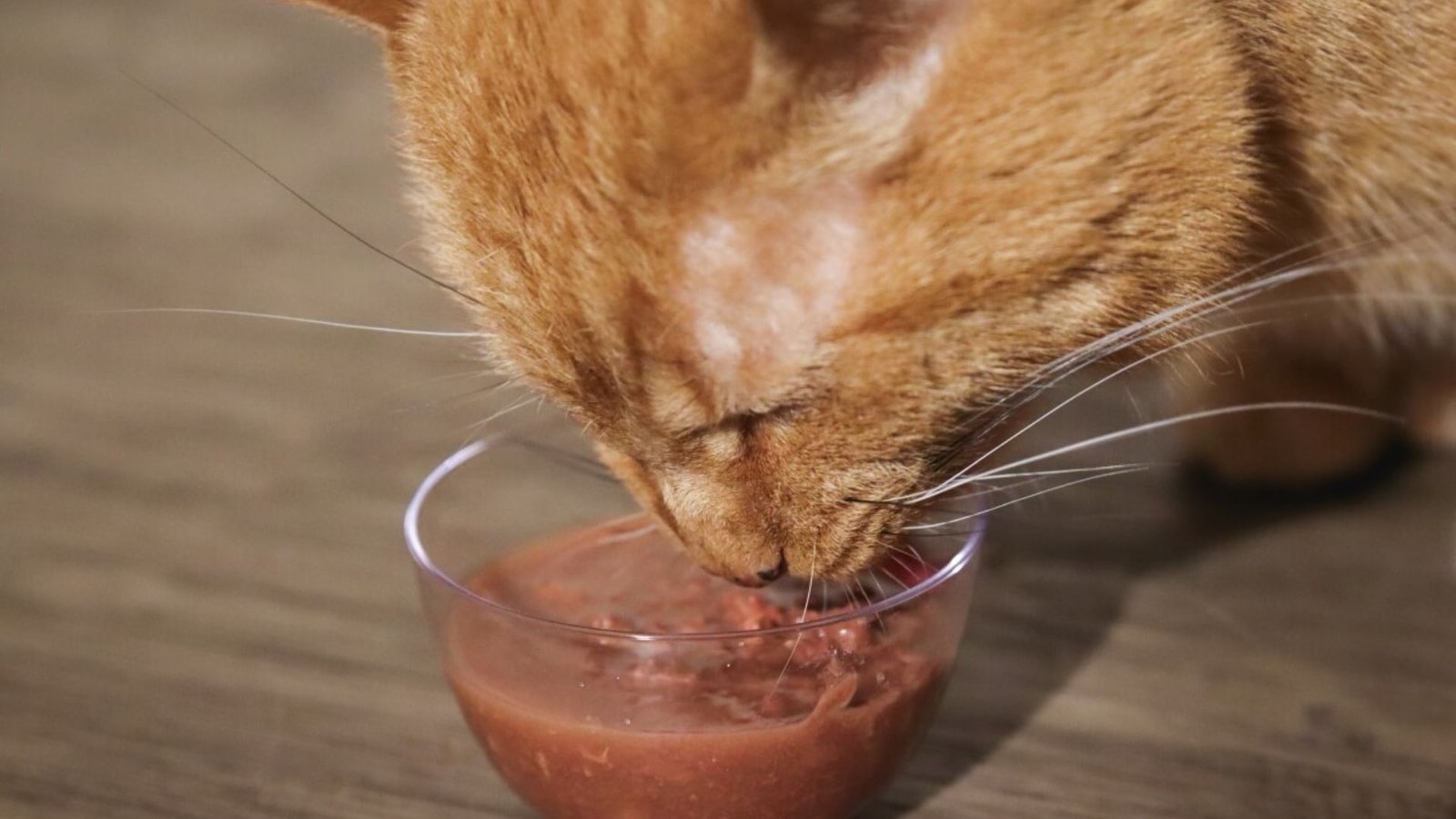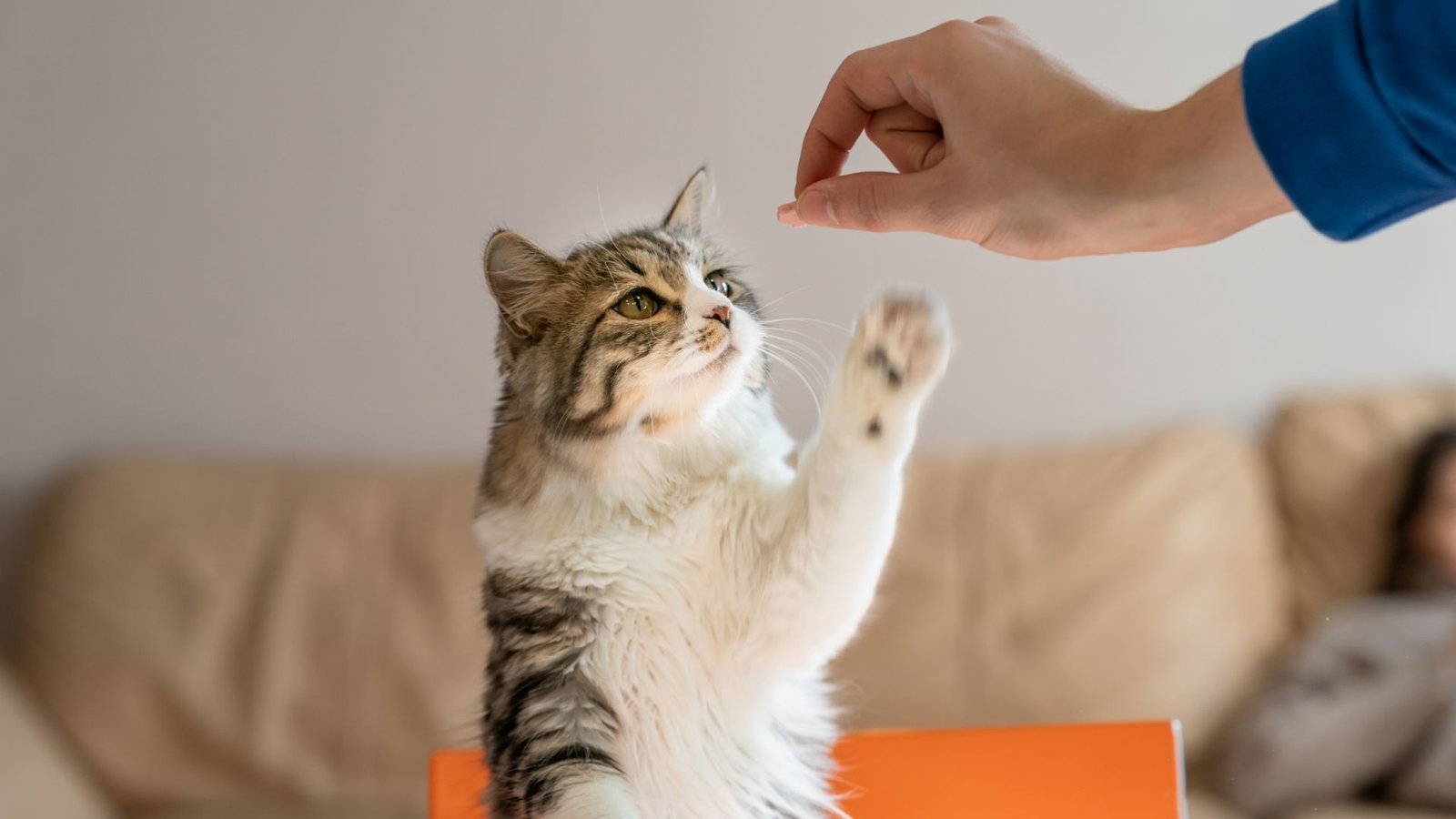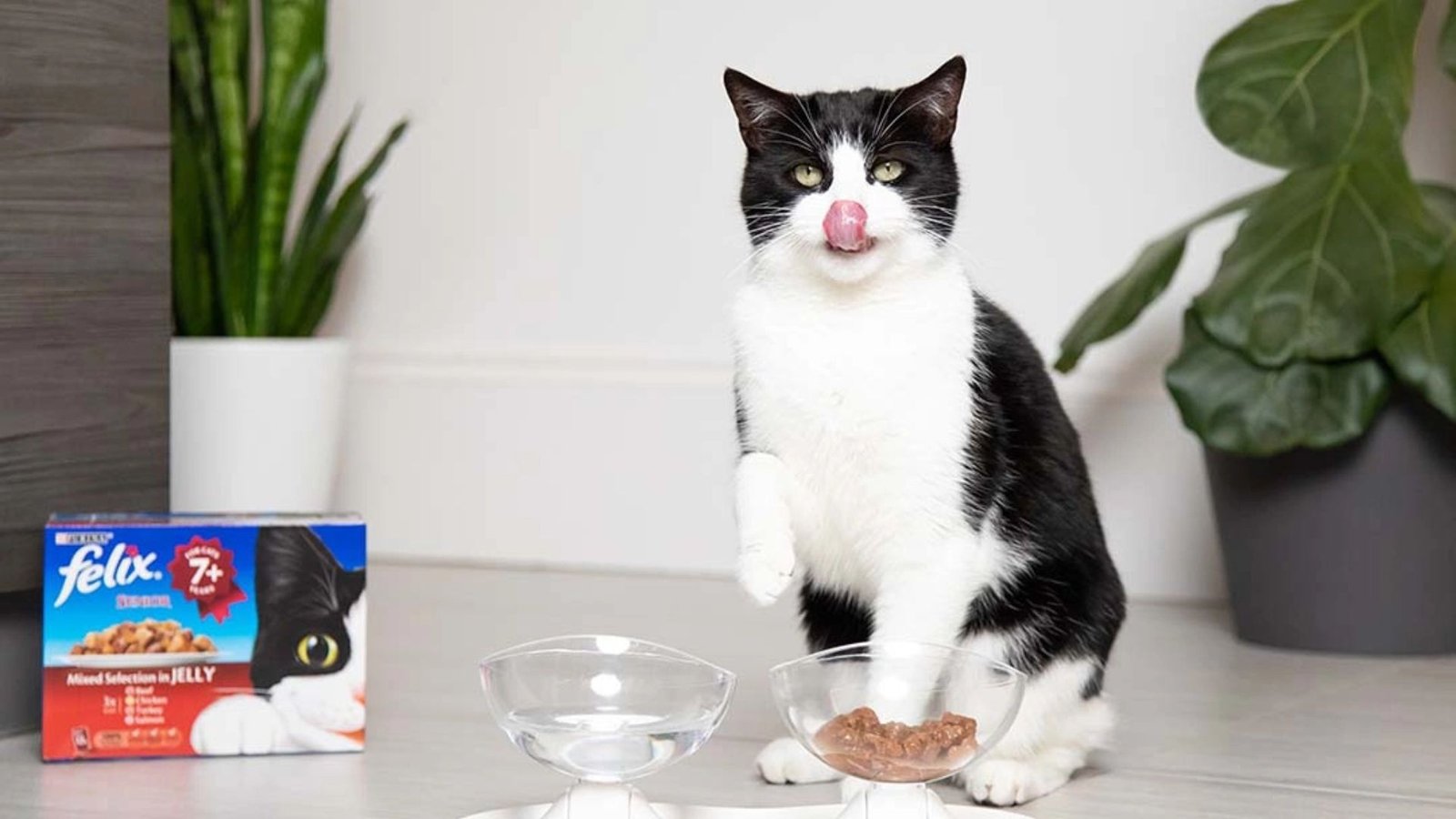Feeding your cat the right amount of food is crucial for their health and well-being. Overfeeding can lead to obesity, while underfeeding may result in malnutrition and energy deficiencies. Understanding the right portion size for your cat depends on various factors such as age, weight, activity level, and the type of food you’re using. In this guide, we’ll help you determine how much to feed your cat based on their unique needs.
1. Understanding Your Cat’s Nutritional Needs
Before determining the right portion sizes for your cat, it’s essential to understand their nutritional requirements. Cats are obligate carnivores, meaning they require animal-based proteins for optimal health. A balanced diet typically consists of proteins, fats, carbohydrates, vitamins, and minerals. The exact proportions will vary depending on your cat’s age, health status, and activity level.
2. General Portion Guidelines by Age and Weight
Kittens (Under 1 Year)
Kittens are growing rapidly and require more calories to support their development. They need smaller, more frequent meals throughout the day.
- Amount: Feed your kitten 3-4 meals per day, with a total of 50-60 calories per pound of body weight.
- Example: A 2-pound kitten would need about 100-120 calories per day.
Adult Cats (1-7 Years)
For adult cats, the amount of food can vary based on activity level, metabolism, and weight. Generally, active adult cats will need more food than sedentary ones.
- Amount: Feed approximately 20 calories per pound of body weight for a moderately active cat.
- Example: A 10-pound adult cat would need around 200 calories per day.
Senior Cats (7+ Years)
As cats age, they may become less active, and their metabolism may slow down. Senior cats also have specific health needs that should be considered when determining portions.
- Amount: The calorie intake for senior cats typically remains similar to that of adult cats, but adjustments may be necessary based on their health and activity levels.
- Example: A senior cat may need around 15-20 calories per pound, depending on its condition.
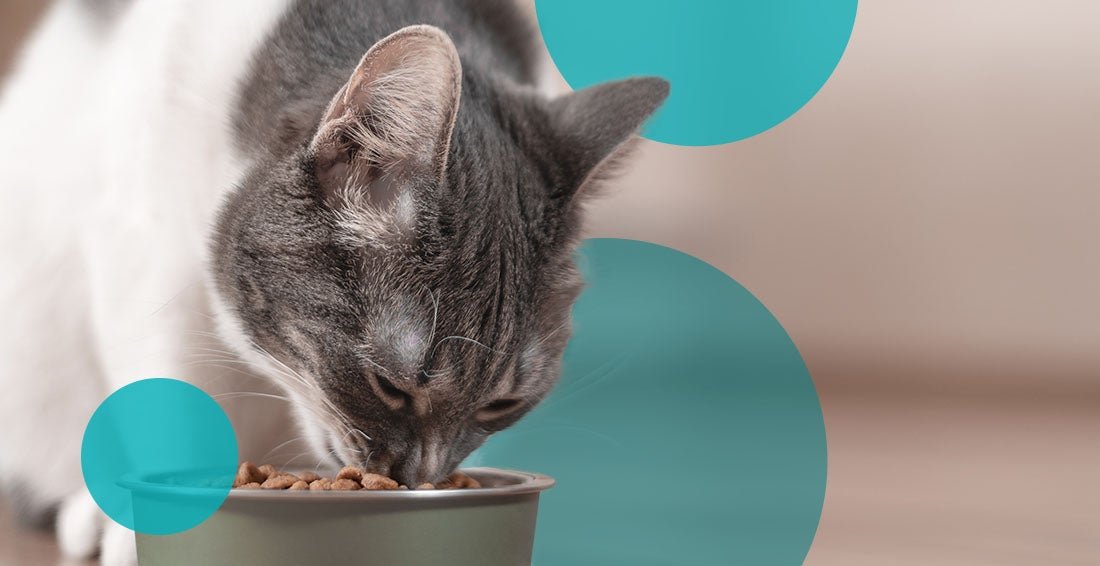
3. Determining Portion Sizes Based on Food Type
Dry Cat Food (Kibble)
Dry food is calorie-dense, meaning it packs a lot of nutrition into a small amount. Therefore, the portion sizes for dry food are generally smaller compared to wet food.
- Amount: Typically, dry food recommendations are around 1/4 to 1/2 cup of kibble for an average-sized adult cat per meal. Check the feeding guidelines on the packaging for more specific recommendations.
Wet Cat Food (Canned)
Wet food generally contains more water, which helps with hydration, but it is also less calorie-dense than dry food. You’ll need to feed larger portions of wet food to meet your cat’s calorie needs.
- Amount: An average adult cat will need about 1 can (5.5 ounces) of wet food per day, split into two or three meals, depending on the brand and caloric content.
Combination Feeding
If you’re feeding both wet and dry food, you will need to balance the portions accordingly to avoid overfeeding. Typically, 1/4 to 1/2 cup of dry food plus half a can of wet food will meet the daily caloric needs of an average adult cat.
4. Adjusting Portions Based on Your Cat’s Activity Level
- Active Cats: Cats that are more active, such as those that go outdoors or engage in play regularly, will need more calories to fuel their energy. You may need to increase their food portion by 10-15%.
- Sedentary Cats: Cats that lead a more sedentary lifestyle, such as those living indoors with little to no playtime, may need fewer calories. Their portions should be adjusted downward to avoid weight gain.
5. Monitoring Your Cat’s Weight and Health
Even with portion guidelines, it’s essential to monitor your cat’s weight and overall health regularly. Overfeeding or underfeeding can have serious consequences, so regular weigh-ins and vet check-ups are important.
- Weight Loss or Gain: If your cat is gaining or losing weight too quickly, it may be a sign that you need to adjust their portions. Slow, steady weight changes are ideal.
- Adjust Based on Age: Older cats, especially those with health issues, may require special diets and portion adjustments. Always consult your vet for personalized recommendations.
6. Conclusion
Feeding your cat the right portion sizes is a key aspect of maintaining their overall health and happiness. While portion sizes can vary depending on your cat’s specific needs, the general rule is to feed based on their weight, age, and activity level, and to monitor their health regularly. Always follow the feeding guidelines on pet food packaging, but don’t hesitate to adjust based on your cat’s unique needs. If you’re ever unsure, consult your veterinarian for the best feeding strategy for your feline friend.
